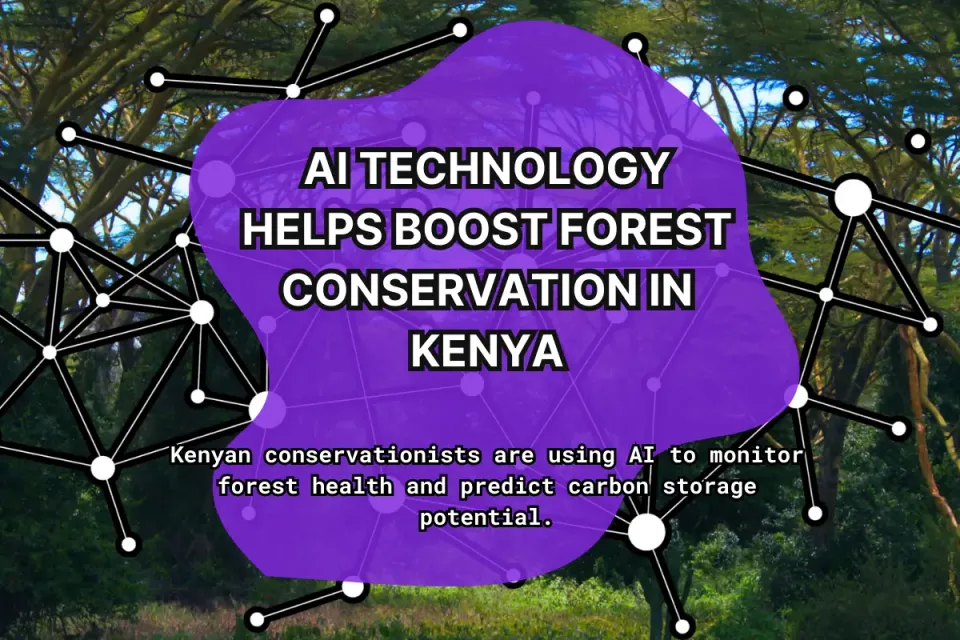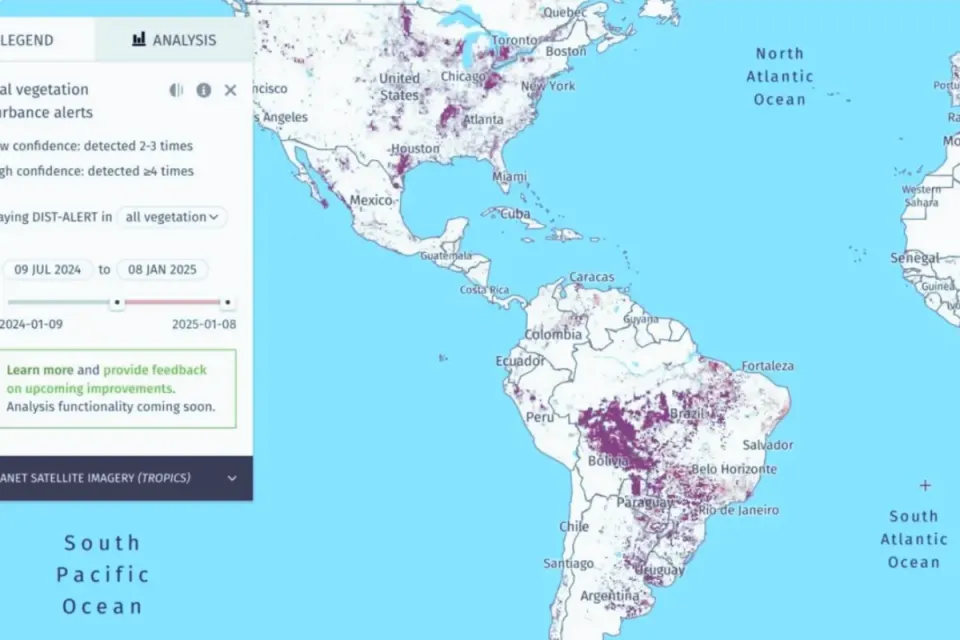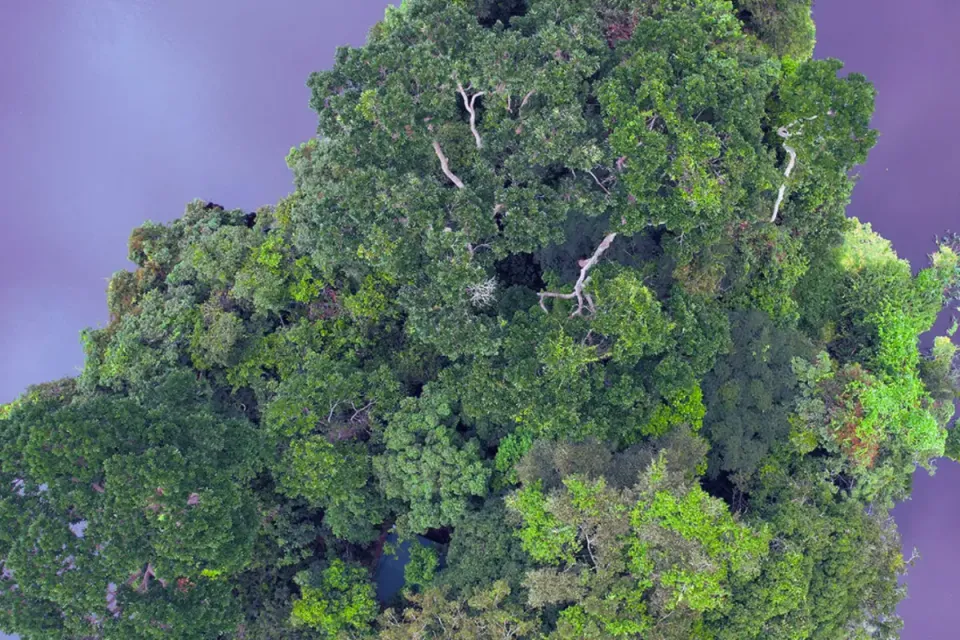The Biggest Forest Carbon Database 🌲🌍
Covering 529 forest sites across eight biomes, it’s a meticulously curated resource for anyone studying carbon fluxes, forest traits, or the effects of climate change.

The Global Forest Carbon Database: An OG of CO₂ Science 🌲🌍
Meet the Global Forest Carbon Database—a treasure trove of carbon data that’s been quietly shaping climate research for years. Think of it as the encyclopedic dictionary for understanding how forests breathe in and out CO₂. This database pulls together decades of rigorous measurements to map the fluxes and stocks of carbon across forests worldwide.
It’s not the shiny new kid on the block, but it’s a timeless classic that remains the backbone of several studies and hypotheses. Let’s dive into what makes this carbon compendium such a big deal.
What’s Inside the Database?
This isn’t just a dry collection of numbers—it’s a comprehensive resource that covers 529 forest sites across eight distinct biomes, from temperate woodlands to tropical rainforests. Whether you're chasing global patterns or nitty-gritty regional details, this database has you covered.
Here’s what it includes:
- 📁 Microsoft Office Access Database (2003 edition, because classics never go out of style).
- 📊 .csv files for all database tables, so you can crunch data your way.
- 🔍 Query outputs to make analysis easier.
- 💾 SQL script for recreating the database, perfect for custom setups.
What Kind of Data Are We Talking About?
The database provides a deep dive into forest ecosystem dynamics, split into three main categories:
- Carbon Budget Variables: Tracks carbon fluxes (movement) and stocks (storage)—the “ins and outs” of forest carbon.
- Ecosystem Traits: Details like standing biomass, leaf area index (how leafy things are), and the age of the forest stands.
- Ancillary Information: Climate, soil characteristics, and forest management regimes—because context matters.
The data didn’t just appear out of nowhere. It’s a blend of peer-reviewed studies, direct measurements, and contributions from the FluxNet community, making it as credible as it gets.
Data Accuracy and Validation
This database wasn’t thrown together on a whim. The team behind it went above and beyond to ensure accuracy:
- Uncertainty Estimates: Every carbon balance component comes with an expert judgment call on its reliability.
- Closure Terms: To test robustness, they ensured biome-level carbon budgets added up properly.
Why Does It Matter?
Even though the Global Forest Carbon Database isn’t brand-new, its relevance has only grown. It’s a foundational tool for:
- Fine-tuning and validating global climate models.
- Testing hypotheses about forest responses to climate change.
- Connecting the dots between local forest data and global ecosystem trends.
Whether you’re a researcher, a climate policy maker, or just a data geek, this database is a cornerstone for understanding carbon’s journey through our planet’s forests. By bridging local forest insights with global analyses, the database becomes a cornerstone for advanced environmental data analysis and decision-making.
TL;DR
The Global Forest Carbon Database is the ultimate OG of CO₂ research. Covering 529 forest sites across eight biomes, it’s a meticulously curated resource for anyone studying carbon fluxes, forest traits, or the effects of climate change. It’s not new, but it’s a classic that continues to shape the way we think about our planet’s carbon cycles. Sometimes, the oldies really are the goodies. 🌿✨
Sources 📚
Luyssaert, S., I. Inglima and M. Jung. Global Forest Ecosystem Structure and Function Data for Carbon Balance Research. Data set. Available on-line http://daac.ornl.gov/ from Oak Ridge National Laboratory Distributed Active Archive Center, Oak Ridge, Tennessee, U.S.A. doi:10.3334/ORNLDAAC/949. Retrieved from https://daac.ornl.gov/VEGETATION/guides/forest_carbon_flux.html .
Edited by Chris Harris

This work is licensed under a
Creative Commons Attribution 4.0 International License.




